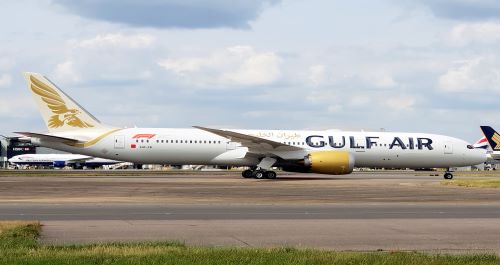mba Insight: Evaluating the Boeing 787’s Backlog and Competition
In this edition of mba Aviation’s Insight Series, Ryan Cross analyzes the expected production schedule for each 787 series, reviews the pace of deliveries of the 767 and A330ceo programs, and studies 787 deliveries alongside those of its competitors from Airbus.
Key Concepts:
- Due to the disruption caused to commercial aviation by the COVID-19 pandemic, Boeing cut production of the 787 Dreamliner aircraft to six aircraft per month.
- Boeing has already delivered 975 aircraft (64.6%) of the existing 787 orderbook, leaving a backlog of 535 aircraft.
- The pace of 787 deliveries demonstrates the aircraft’s first-to-market advantage over its competitors from Airbus, the A330neo and A350.



Leave a Reply
Want to join the discussion?Feel free to contribute!